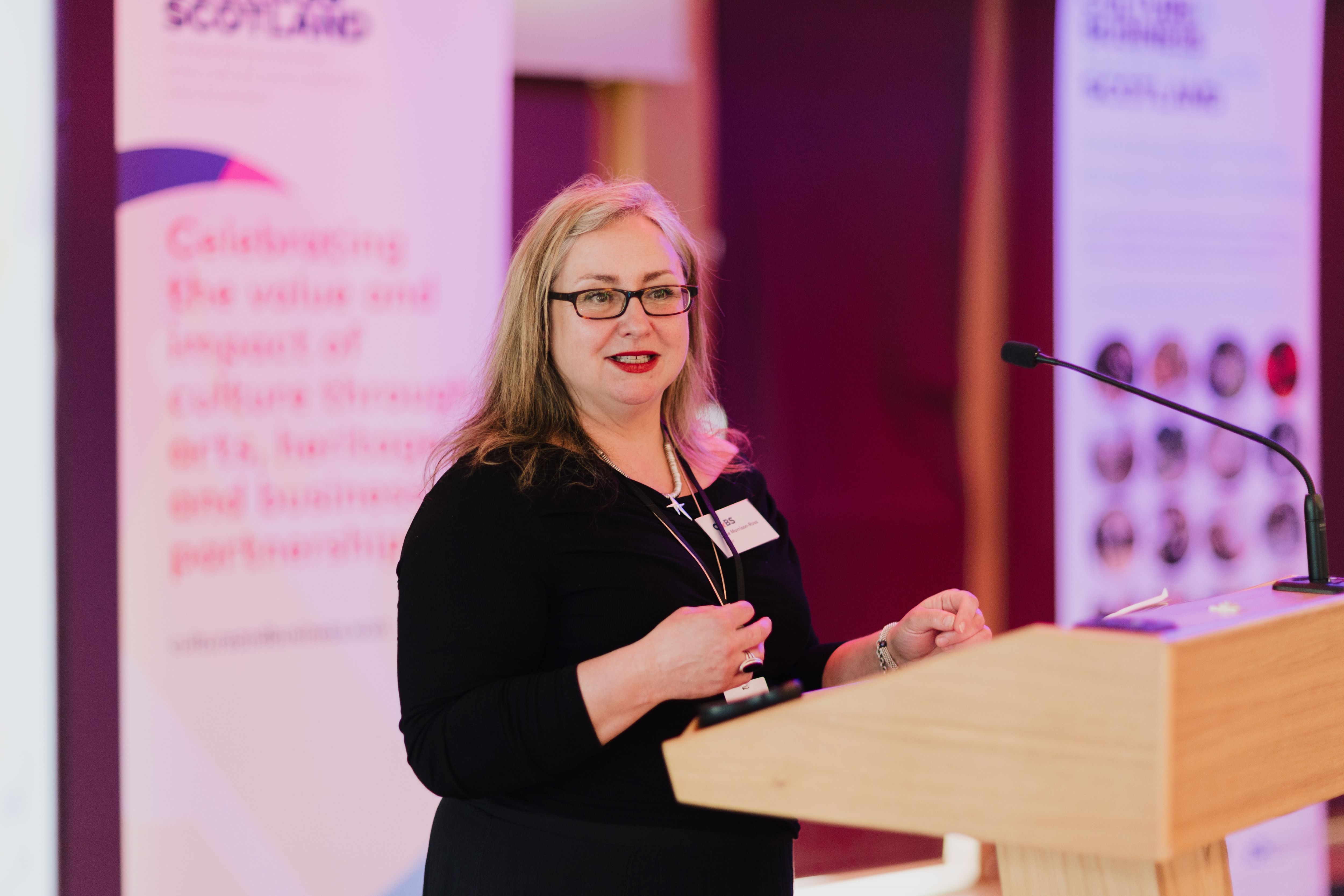As the Year of History, Heritage and Archaeology draws to a close, it seems fitting to look back on what was a record breaking year for Scotland’s historic environment. Historic sites saw a 20% increase in footfall between April and September 2017, when compared to the same period the previous year. In August alone, more than 870,000 people flocked to Historic Environment Scotland sites. While this rise has in part been attributed to the ‘Outlander effect’, this ‘spectacular’ summer provides further evidence of the huge part heritage plays in Scottish life and how valuable an asset it is to our economy, generating billions in revenue through everything from cultural tourism to location filming.
Figures from the recently published 2016 Scottish household survey annual report show high and increasing levels of cultural participation in Scotland, spanning both the arts and heritage sectors. Last year, around nine in ten adults in Scotland were culturally engaged, either by attending or visiting a cultural event or by participating in a cultural activity – an increase of five percentage points since cultural engagement was first recorded by the Scottish household survey in 2007.
One notable trend in this latest report was a six-point rise in the percentage of Scots having visited a historic or archaeological site – up from 28% in 2012 to more than a third last year. The proportion of Scottish adults having visited a museum has also increased.
It is heartening to see this evidence of increasing cultural engagement and particularly a growing public interest in Scotland’s heritage sector. Our heritage shapes who we are and informs everything that we will do. It therefore deserves to be studied, documented, appreciated, and protected for the next generation to enjoy.
With public sector budgets under continued pressure, cultural organisations of all types are having to look beyond traditional sources of funding to realise fundraising targets that will maintain core activities and ensure sustainability.
As the heritage sector is so reliant on the dedication of volunteers, it’s organisations face particular challenges when it comes to meeting those targets due to lack of time, capacity or expertise. A recent Arts & Business Scotland survey found that 85% of heritage organisations had failed to fully meet their fundraising targets over the past year.
One potential alternative source of heritage funding could be found by forging stronger relationships with Scotland’s business community. Unfortunately, another recent Arts & Business Scotland survey of cultural organisations throughout Scotland shows that those operating in the heritage sector find securing sponsorship and funding from the business community comparatively more difficult than their counterparts in the arts sector.
Scots’ increasing engagement with Scotland’s heritage sector suggests that the Scottish public will be sympathetic and supportive of activities that make the heritage sector more sustainable and secure its long-term future – including greater collaboration with business. But to meet that expectation, the heritage sector clearly needs to do more to build the skills and capacity necessary to secure future funding from a variety of sources.
Completed by more than 40 heritage organisations from across Scotland, from small community trusts to large museums and visitor attractions, Arts & Business Scotland’s recent heritage sector survey also asked respondents whether additional training on how to fundraise effectively from various revenue streams would help them. 93% – more than nine in ten – said they thought that such training would be beneficial to their organisation.
To meet this need, Arts & Business Scotland has been running the Resourcing Scotland’s Heritage training programme since 2014. The programme is supported by the Heritage Lottery Fund with Archaeology Scotland, Built Environment Forum Scotland, Greenspace Scotland and Museums Galleries Scotland as delivery partners, and offers a range of practical advice and support to help heritage fundraisers build fundraising capacity and meet their goals. So far, we’ve successfully trained almost 700 individuals from almost 450 organisations across the heritage sector. As this programme draws to a close early next year, Arts & Business Scotland will begin to offer a portfolio of entrepreneurial fundraising and sponsorship training courses designed specifically for the cultural sector, embracing both heritage and the arts.
In terms of public engagement and its contribution to the wider economy, all the signs are that Scotland’s heritage sector will continue to go from strength to strength. But the fundraising challenges heritage organisations currently face are unlikely to go away anytime soon either. In the face of ongoing budget cuts, the impetus for the heritage sector to build new partnerships and to find new alternative sources of funding has never been stronger.
All heritage organisations should be acting now to build their skills and capacity to be able to secure future funding from a wider range of sources, including business. The millions of foreign visitors who flock to Scotland to experience this country’s unique heritage combined with an increasingly engaged Scottish population will expect nothing less.
David Watt is Chief Executive of Arts & Business Scotland.



